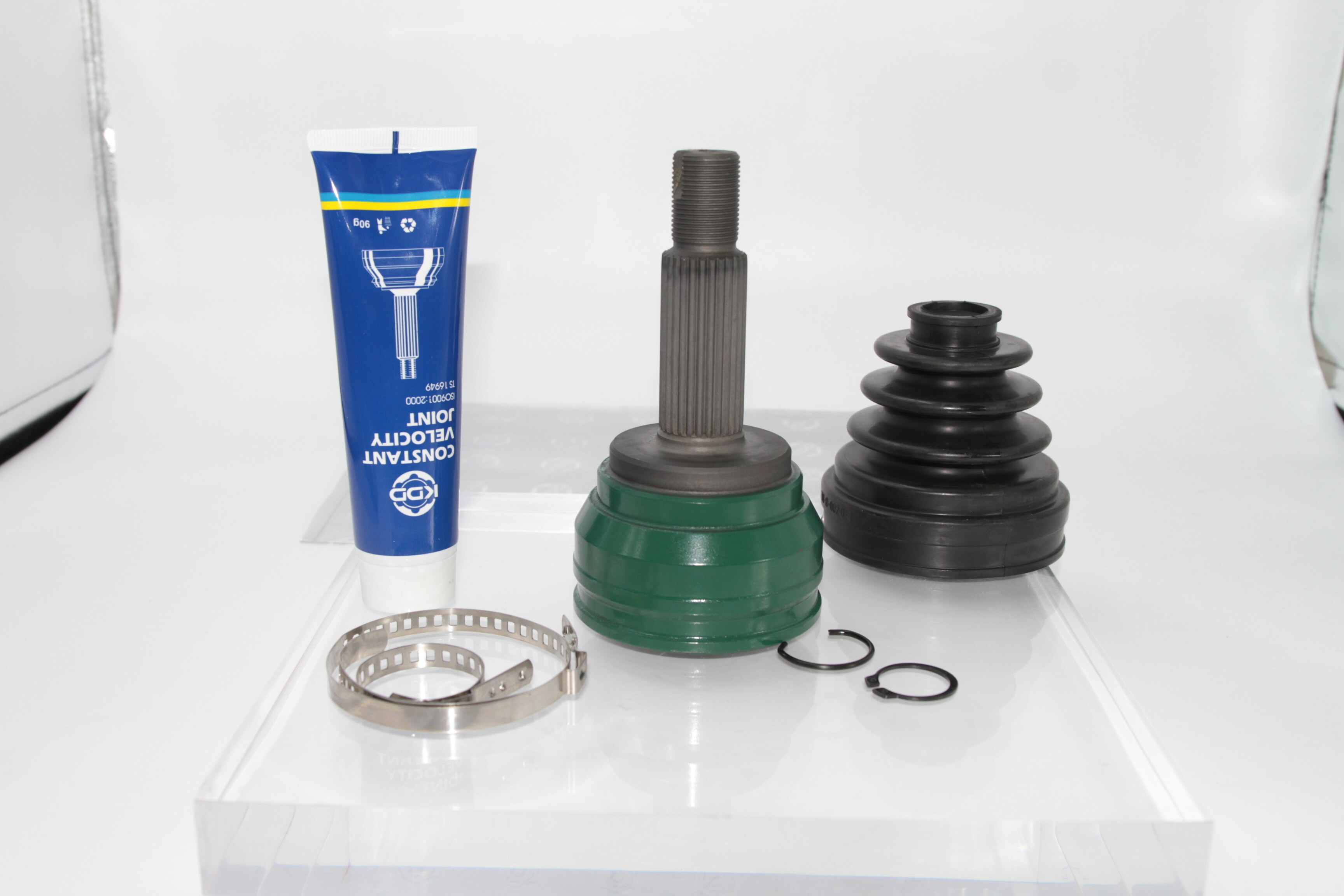Email format error
Email cannot be empty
Email already exists
6-20 characters(letters plus numbers only)
The password is inconsistent
Email format error
Email cannot be empty
Email does not exist
6-20 characters(letters plus numbers only)
The password is inconsistent


Understanding the Outer CV Joint: Essential Component for Smooth Driving
The outer CV (Constant Velocity) joint is a crucial part of your car's drivetrain. Though it may not be a term that most car owners are familiar with, understanding its role and maintenance can help in ensuring your vehicle runs smoothly and efficiently. In this blog, we will delve into the fascinating world of the outer CV joint, exploring its function, common issues, maintenance tips, and why it's vital for your car's performance.
What is an Outer CV Joint?
The outer CV joint is located at the end of the drive shafts, near the wheels. It connects the drive shafts to the wheels, allowing the transmission of power from the engine to the wheels while accommodating the up-and-down motion of the suspension. This component is essential for the smooth transfer of torque at different angles, which is particularly important when turning or driving on uneven surfaces.
How Does It Work?
The outer CV joint operates by using a series of bearings and cages that allow it to flex in multiple directions. This flexibility is what enables your vehicle to maintain a steady speed and direction even when the wheels are turning or the suspension is moving. The joint is covered by a rubber boot, known as the CV boot, which keeps the grease inside the joint and protects it from dirt and debris.
Common Issues with Outer CV Joints
While outer CV joints are designed to be durable, they are not immune to wear and tear. Over time, several issues can arise, affecting the performance of your vehicle.
1. Cracked or Torn CV Boot
One of the most common problems with outer CV joints is a damaged CV boot. When the boot cracks or tears, it allows grease to leak out and contaminants to enter, leading to joint wear. This can eventually cause the joint to fail.
2. Grease Leakage
If you notice grease splattered around the inside of your wheel or on the suspension components, it's a sign that the CV boot is compromised. Without proper lubrication, the outer CV joint can quickly wear out.
3. Clicking Noise
A clicking or popping noise when turning is a classic sign of a failing outer CV joint. This noise is caused by the worn-out bearings inside the joint and indicates that the joint may need to be replaced soon.
4. Vibrations While Driving
If you experience vibrations or a shuddering sensation while driving, it could be due to a damaged outer CV joint. These vibrations are often more noticeable during acceleration or when driving at higher speeds.

Maintenance Tips for Outer CV Joints
Proper maintenance can extend the life of your outer CV joints and ensure your vehicle runs smoothly. Here are some tips to keep them in good condition:
1. Regular Inspections
Periodically inspect the CV boots for cracks, tears, or leaks. Catching these issues early can prevent further damage to the outer CV joint.
2. Keep it Clean
Ensure that the CV boot and the surrounding area are kept clean. Dirt and debris can accelerate wear if they get inside the boot.
3. Lubrication
Make sure the CV joints are properly lubricated. If you notice any signs of grease leakage, have the CV boot inspected and replaced if necessary.
4. Replace When Necessary
If you hear clicking noises or experience vibrations, have your outer CV joints inspected by a professional. Replacing a damaged joint promptly can prevent further damage to the drivetrain.
Why the Outer CV Joint Matters
Understanding the importance of the outer CV joint can help you appreciate its role in your vehicle's performance. A healthy outer CV joint ensures:
1. Smooth Handling
The flexibility of the outer CV joint allows for smooth handling and stable driving, especially when turning or navigating uneven terrain.
2. Efficient Power Transfer
A well-functioning outer CV joint ensures efficient power transfer from the engine to the wheels, providing better acceleration and overall performance.
3. Longevity of the Drivetrain
Proper maintenance of the outer CV joint can extend the lifespan of the entire drivetrain, saving you from costly repairs in the long run.
4. Safety
A damaged outer CV joint can lead to unexpected failures, which can be dangerous while driving. Ensuring your CV joints are in good condition contributes to the overall safety of your vehicle.
Conclusion
The outer CV joint may be a small component, but it plays a significant role in the performance and safety of your vehicle. By understanding its function, recognizing the signs of wear, and maintaining it properly, you can ensure a smoother and more reliable driving experience. So, next time you hear a clicking noise while turning or notice grease around your wheels, don't ignore it. Pay attention to your outer CV joints and keep your vehicle running at its best.

